09/02/2023
Car maintenance schedule: how often should you check your car?

Aivaras Grigelevičius

Every single car has about 30,000 different parts, all fulfilling a specific task. As time goes on, these parts wear out, which is why they require periodic repair or replacement.
If you're wondering when and how often your car needs to be serviced, as well as what you should replace – wonder no more! We've put together a vehicle maintenance checklist to explain everything you need to know.

Looking for a reliable car?
A well-maintained and undamaged car is the most reliable! Check any VIN code to make sure you're not buying a wreck:
The 30-60-90 car maintenance interval
A regular car maintenance schedule helps your car run in the best possible way, no matter its age, engine, or transmission type. While regular maintenance helps to reduce the risk of unexpected breakdowns, every vehicle owner should know that carmakers distribute service intervals into minor and major ones.
A minor scheduled service visit should usually be done between 6,000-12,000 miles (10,000-20,000 km) while major vehicle maintenance must be done every 30,000 miles (50,000 km). Due to the fact that major maintenance comes every 30,000 miles, the major service interval schedule is commonly referred to as the 30-60-90 interval.
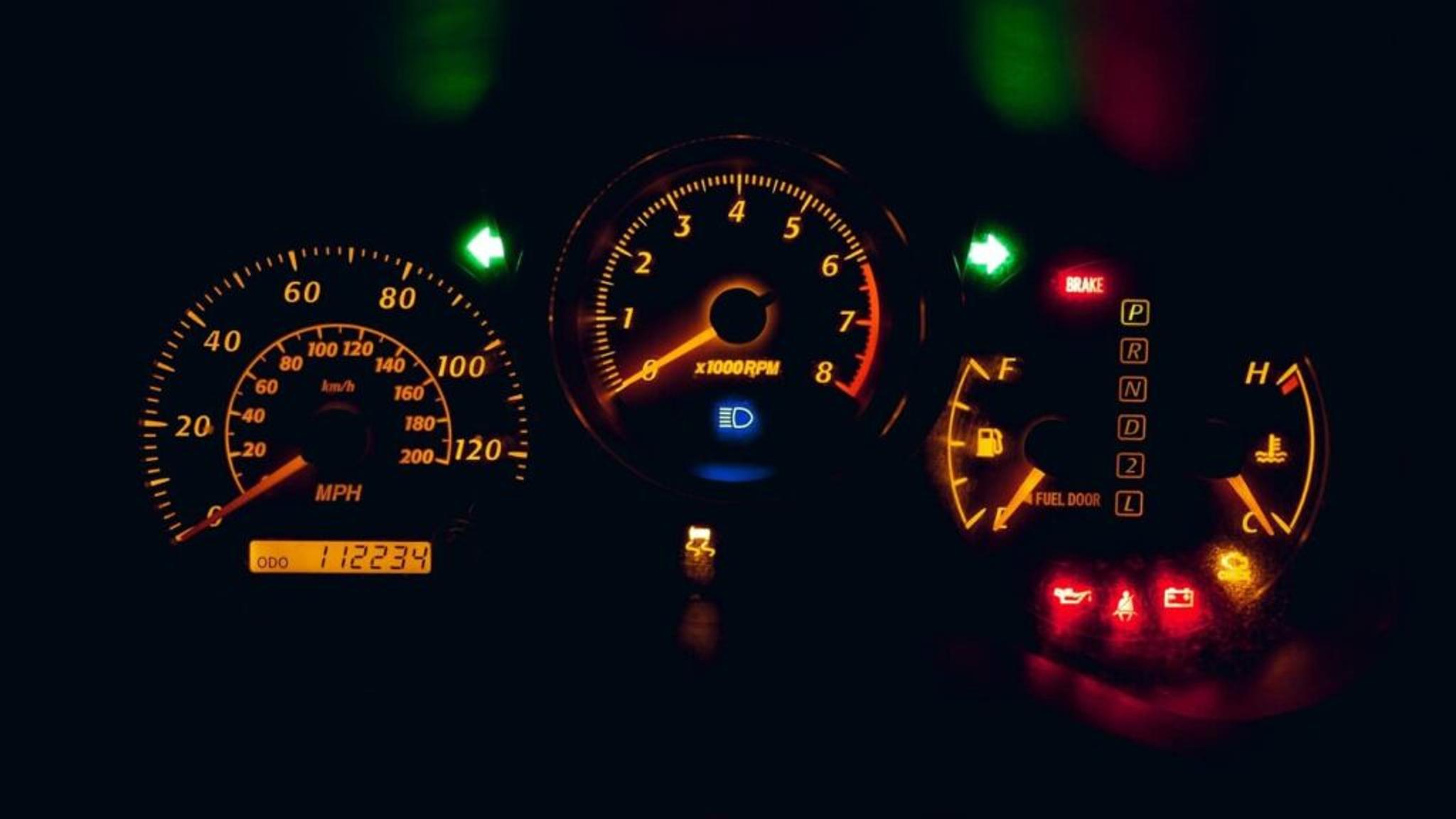
What maintenance should be done after 30,000 miles (50,000 km)?
Vehicle owners should be ready for an extensive inspection when scheduling a major service visit. The list below will assist you in determining what needs to be done at this maintenance stage if your car has logged 30,000 miles:
- Replacing the fuel and air filters
- Checking the health of the car battery
- Inspecting all belts and hoses for cracks
- Inspecting all suspension components
- Testing the air conditioning system
- Draining, flushing, and replacing the power steering fluid
- Checking the remaining tire tread depth
- Replacing spark plugs and the engine oil
What maintenance should be done after 60,000 miles (100,000 km)?
Not everyone wants to keep a car for 60,000 miles because the planned maintenance costs will be much higher.
At this stage, owners must do the same checks they did at 30,000, but also include the following:
- Changing the timing belt and the water pump
- If a vehicle has automatic transmission, changing the transmission fluid
- Cars with four-wheel drive need an oil change in the differential
- Checking the engine and gearbox mounts for wear
- Having the radiator coolant inspected and the entire cooling system flushed
What maintenance should be done after 90,000 miles (150,000 km)?
Owners should continue checking the condition of crucial parts and carry out the oil/filter changes. However, at this point, they should also take care of the following:
- Inspecting the timing chain
- Performing a full suspension check
- Changing the fluid in the brake system
- Changing the hydraulic fluid for power steering
- Inspecting the condition of the brake rotors
Regular and severe schedules for car maintenance
Vehicle owners typically use a car's mileage to keep track of service schedules. However, this isn't the best approach for all vehicles. Instead of this regular maintenance schedule, owners should consider using a severe service schedule. How long car maintenance takes also depends on a schedule type.
Simply put, a severe servicing approach helps establish a maintenance plan for a specific vehicle according to the conditions under which it's used.

What's the difference between regular and severe driving conditions?
As defined by automakers, regular driving conditions consist primarily of traveling on highways and local roads, and without significant elevation changes.
As you may guess, regular driving conditions don’t apply to everyone – cars are used for different purposes and in diverse environments. For example, vehicle owners should consider their driving conditions severe because of these factors:
- Frequently driving short distances (fewer than 5 miles in summer or 10 miles in winter)
- Extensive engine idling or low-speed driving over long distances
- Driving on rough, dusty, unpaved roads
- Going in heavy traffic areas in temperatures of over 90°F (32°C)
- Driving uphill and downhill a lot
- Towing a trailer or camper or using a roof rack
- Using the vehicle for commercial purposes
- Regularly driving at high-speeds
- Driving in stop-and-go conditions
What's the difference between regular and severe maintenance schedules?
According to manufacturers, vehicle owners should carry out regular maintenance at least once a year or after a specific mileage checkpoint – whichever comes first. A regular servicing schedule helps owners keep car maintenance costs to a minimum without sacrificing long-term reliability.
Meanwhile, severe servicing schedules are meant for owners who drive under more difficult circumstances, and therefore need to visit workshops twice as often or more because all components wear out quicker. If a regular servicing schedule, for example, requires changing the engine oil every 10,000 miles or yearly, a severe servicing schedule recommends changing the engine oil every 5,000 miles.
More frequent visits to a workshop are just one of the differences. Because of the different amount of work carried out on a car, the difference in time required between regular and severe servicing schedules will also be pretty noticeable.
Seasonal car maintenance
When vehicle owners adhere to a manufacturer's recommended servicing intervals, maintaining a car becomes quite simple. However, every vehicle owner should also heed this helpful seasonal car care advice, which becomes useful at certain points during the year.
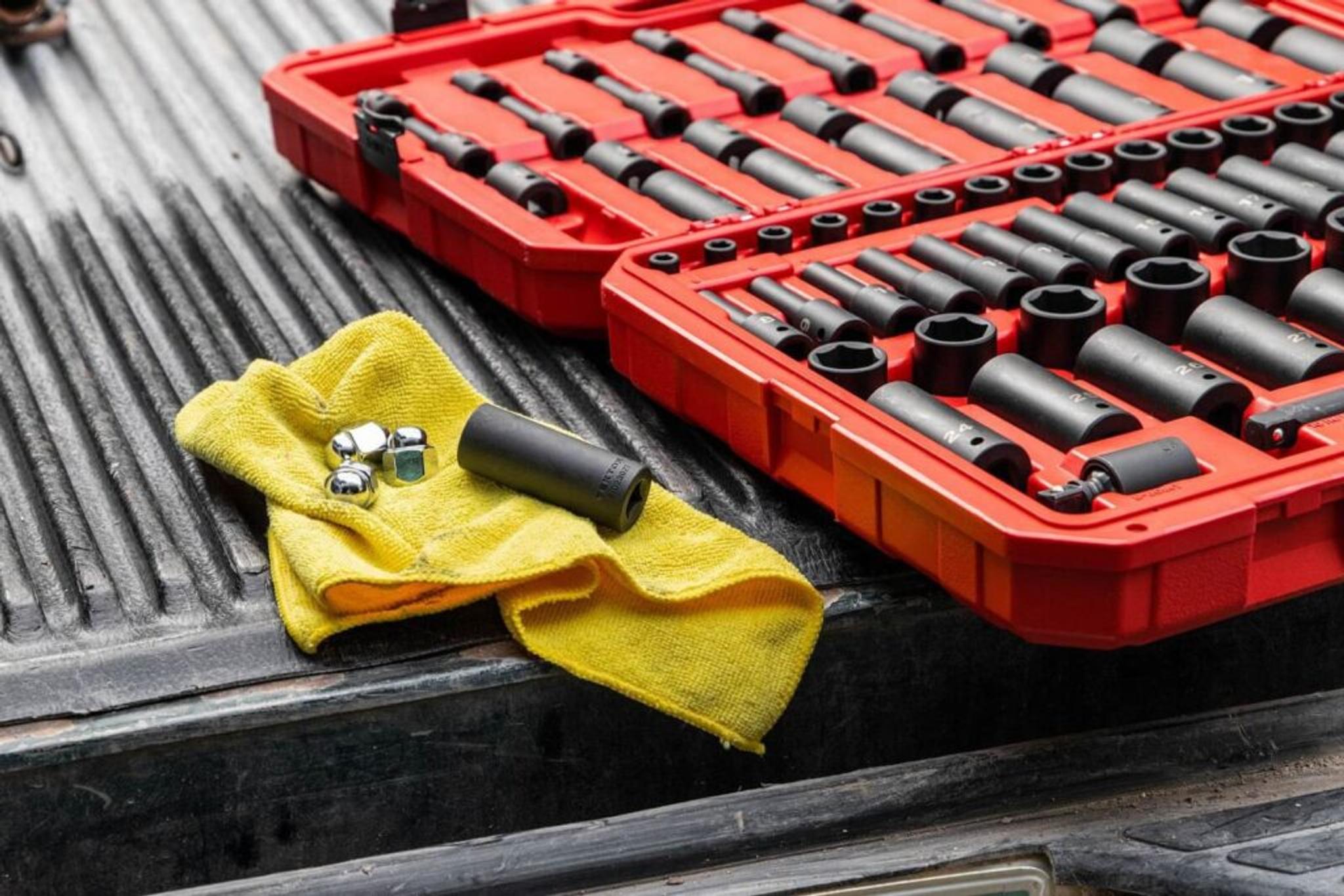
Winter weight oil
Although changing the oil will make your engine run more smoothly in winter, select the oil carefully. You can choose the right type of oil for your engine with the help of the examples below.
- 0W30. The lowest viscosity engine oil should be used in vehicles that are driven in tough winter weather. It will continue to be a fluid even at temperatures below -40°C (-40°F).
- 5W30. This motor oil is well suited for winters where temperatures range from -30 to +10°C (-22 to 50°F).
- 10W30. This oil is ideal for use in areas with a milder weather. The 10W30 oil achieves its best performance at temperatures ranging from -20 to +20°C (-4 to 68°F).
- 10W40. Oils with this inscription are the most versatile, as they can be used in summer and winter at temperatures as low as -5°C (23°F). The 10W40 is ideal for areas where the temperature doesn't drop dramatically in winter.
Tire pressure
Tires also have a significant impact on fuel efficiency. You can change your tires to a smaller diameter or choose tires with better rolling resistance, but the key to better fuel efficiency is correct tire pressure.
Tires that are overinflated or underinflated are more vulnerable to damage. Underinflated tires, for example, increase friction, and increased friction can cause tires to overheat, resulting in premature wear, tread separation, and blowouts.
While tire pressures vary by vehicle, the recommended pressure can be found on a sticker inside the driver's door.
Keeping your gas tank at least half full
Some advice has remained relevant to drivers for decades. One such example is keeping as much fuel in your tank as possible during winter.
Here are some reasons to keep your gas tank at least half full:
- Your electric fuel pump motor requires gasoline to function properly as a coolant. The pump can suck in air and generate heat when your gas tank is nearly empty. That heat can cause your fuel pump to wear down prematurely or even fail over time.
- The fuel tank may occasionally become clogged with corrosion or dirt. That sediment may accumulate and clog your fuel filter when you have low fuel.
Battery check or replacement
A typical car battery can last up to 7 years, possibly even longer. However, its life is influenced by where you live, how you drive, and the local climate.
It's helpful to conduct a battery performance check in autumn, just before winter, when starting up and powering a vehicle becomes a bit harder.
Use the right coolant
Manufacturers use different mixtures of coolants to achieve the desired characteristics. Although vehicle owners tend to choose engine coolants based on their color, such behavior isn't recommended.
Today, there are 3 main types of coolants, and only one is suitable for your vehicle:
- Inorganic Additive Technology (IAT). Commonly used in cars produced between the 1920s and 1990s. IAT coolants contain silicates and phosphate inhibitors to shield metal components from corrosion. IAT coolant usually comes in a bright green color.
- Organic Acid Technology (OAT). This type of coolant comes in various colors, including pink, orange, bright red, crimson, blue, and dark green, and it's used in newer cars worldwide. While OAT coolants lack phosphates and silicates, they contain corrosion inhibitors that extend the life of the cooling system.
- Hybrid Organic Acid Technology (HOAT). This is for new cars and combines IAT and OAT coolants. It has extra silicates in it to preserve metal and stop corrosion. Additionally, it has additives to combat rust. For easier differentiation, HOAT coolants are available in yellow, turquoise, pink, blue, and purple.
Brake check
Whether or not you've noticed a difference in the braking system's performance, every system needs a seasonal check-up.
Noisy, squealing brakes may need new brake pads, whilst grinding or scraping may signal your disks need to be repaired.
Testing the exhaust system for leaks
One of the most common issues with the exhaust system is visible or audible leaks. If you want to overcome any issues with it, inspect the exhaust system welds, pipes, and clamp connections every year.
Checking the lights
Car bulbs typically last 5 to 6 years. However, after an intense 2 or 3 years of use, they no longer illuminate the road well.
To guarantee your headlights illuminate the road with the highest efficiency possible, replace headlight bulbs every 2 to 3 years.
How often should car fluids be changed?
Fresh fluids are necessary to lubricate and cool the engine of your car while it's running. It also depends on routine fluid changes to maintain operational effectiveness and guarantee a long service life.
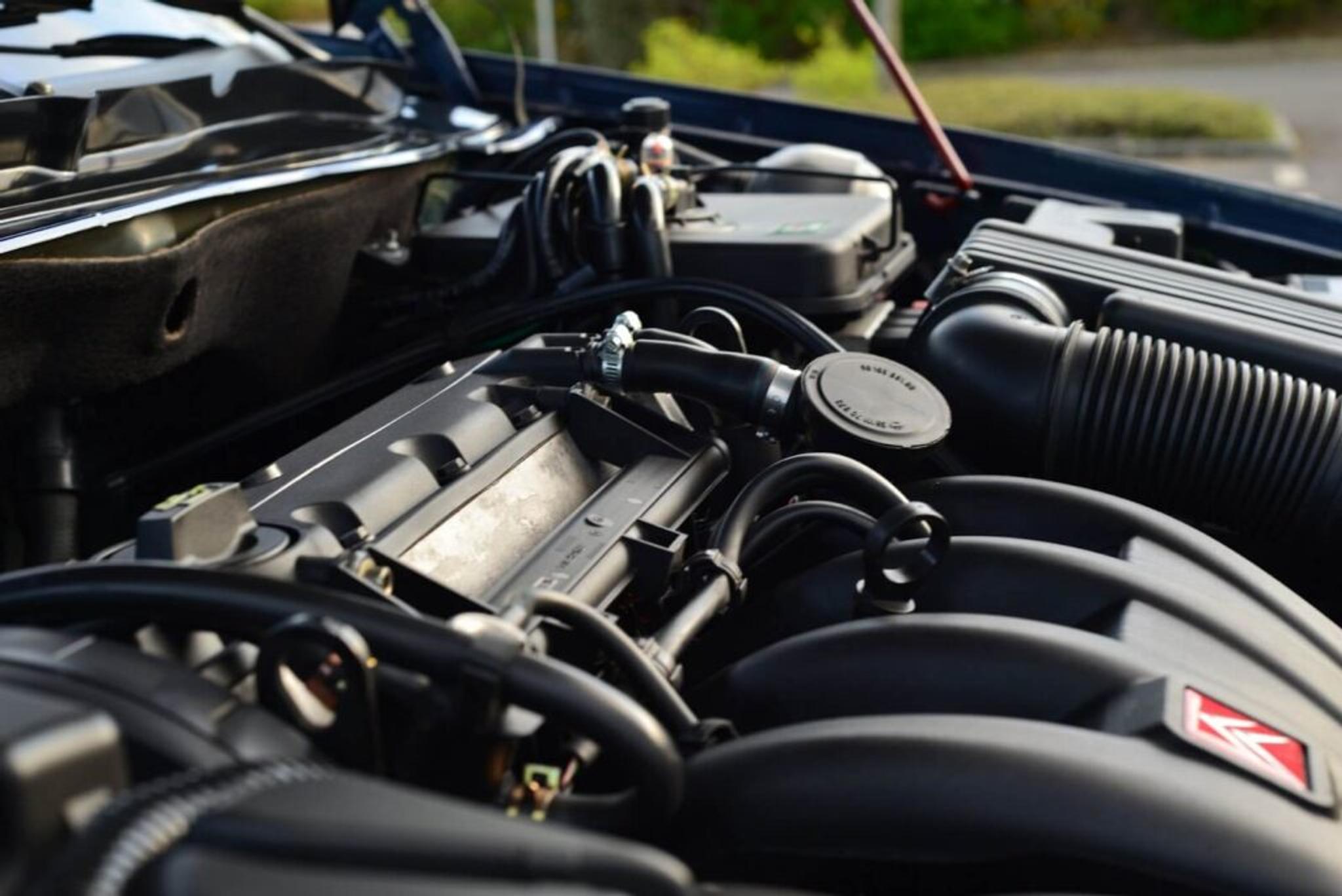
An essential part of car maintenance you can do at home is checking the various fluids under the hood. The following information will help you monitor and maintain the proper fluid levels in your car.
Engine oil
The lubrication of the engine's parts depends on oil. Low oil levels lead to internal component heating, seal aging, and valve burning. In essence, they fracture or distort, resulting in expensive repair costs.
Always check the engine oil level at least every 1,000 miles and top off as necessary.
Coolant
Coolant helps keep the engine in the most optimal condition in the sweltering summer or freezing winter. Even if the cooling system works fine, look for rust and leaks and periodically test for acidity, freezing, and boiling protection.
Windshield washer fluid
Unlike engine oil or coolant, windshield washer fluid doesn't deteriorate with time. However, it would be beneficial to consider changing the washer fluid when the seasons change because summer and winter window washer fluids are fundamentally different and operate most effectively within a specific temperature range.
Types of car fluids and change schedule
Your car's performance and engine life depend on how frequently you change the fluids.
Here is a typical maintenance schedule for the different fluids in your car:
- Engine oil – 5,000 to 10,000 miles (8,000-16,000 km)
- Manual transmission fluid – 30,000 to 60,000 miles (50,000-100,000 km)
- Automatic transmission fluid – every 60,000 miles (100,000 km)
- Rear differential fluid – every 60,000 miles (100,000 km)
- Power steering fluid – 50,000 to 70,000 miles (80,000-110,000 km)
- Engine coolant – every 2 years
- Brake fluid – every 2 years
- Hydraulic clutch fluid – every 2 years
When to replace car parts
Knowing when to replace car parts is crucial because doing so will guarantee the best possible vehicle performance and safety.
While every part in a vehicle wears out at a different rate, certain repairs must be carried out according to mileage. With that said, the best way to prevent expensive repairs is to perform an annual vehicle inspection.
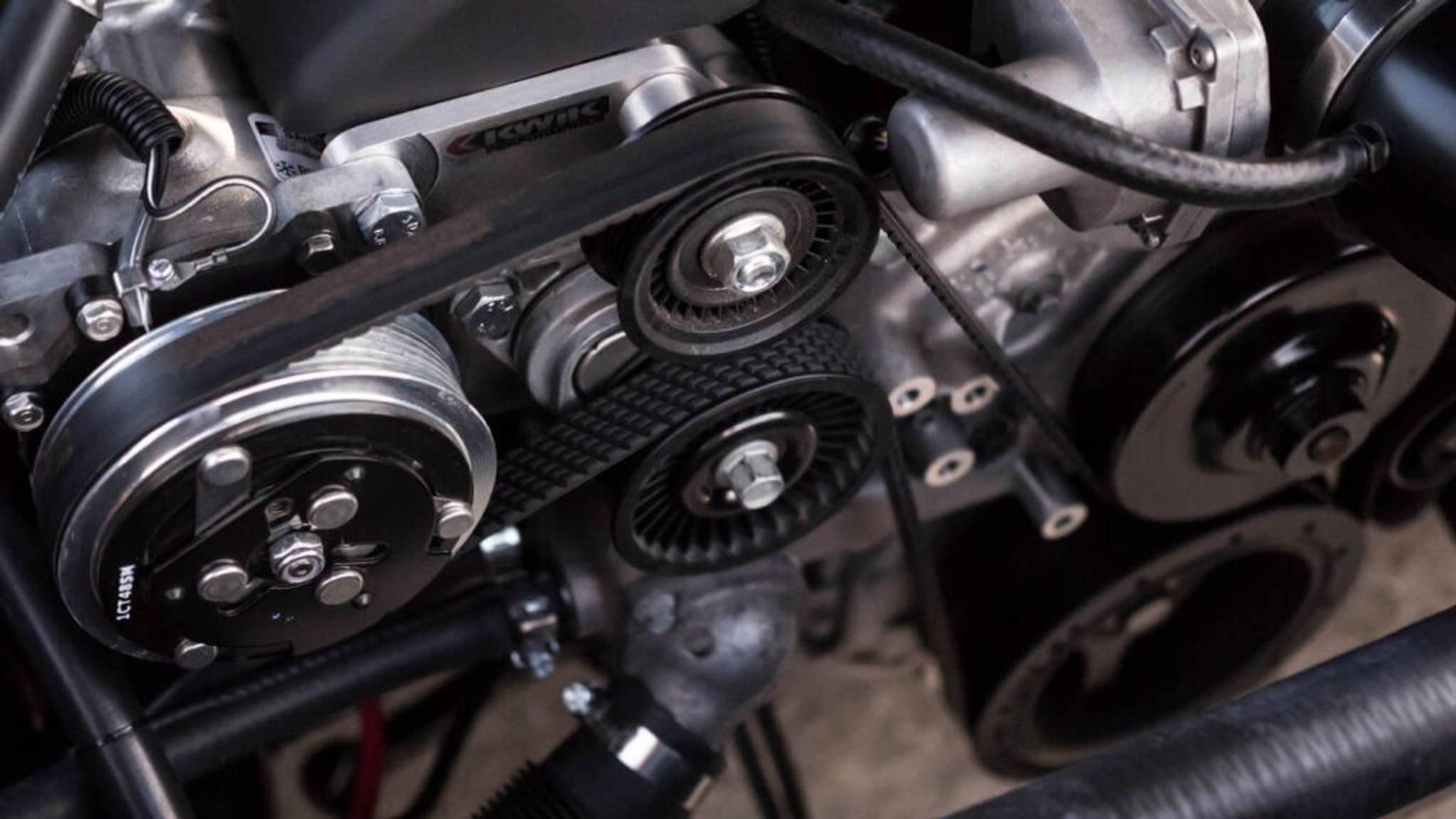
List of car parts that need regular replacement
Some vehicle components function under higher stress levels, resulting in a quicker wear-out rate. The following car parts require routine replacement:
- Brake Pads. Variables like the type of vehicle and driving technique can significantly impact brake pad wear. It's advisable to check the brake pad wear regularly to ensure that the brake system has enough grunt to stop a car properly.
- Wipers. The degradable rubber used in windshield wipers loses its effectiveness over time. Changing your wiper blades every 6 to 12 months would be beneficial.
- Battery. Low charge and acid stratification are the 2 most common reasons for battery failure. Poor driving practices, such as failing to charge the battery fully between journeys, can also lead to issues. It helps to replace your battery every 4 to 5 years.
- Tires. The typical tire lifespan is 3 to 5 years, or roughly 50,000 to 60,000 miles (80,000-100,000 km). However, you can prolong their life by rotating the tires to ensure they wear evenly front-to-back and side-to-side. Tire manufacturers recommend rotating the tires every 6 months or 6,000 to 8,000 miles (10,000-13,000 km).
Parts to replace on high mileage cars
One of the most significant deterrents when buying a car is high mileage, but it doesn't have to be. By simply following the steps below, you will able to extend a vehicle's lifespan:
- Replacing the spark (or glow) plugs
- Changing the brake fluid and brake pads
- Cleaning the fuel system
- Changing the motor oil (don't forget the oil filter) and the transmission fluid
- Checking the clutch pedal. If it's heavy, the clutch pedal may need to be replaced
- Changing the timing belt (with the water pump) or the timing chain (with the tensioner)
Car maintenance schedule based on a car history check
Falsifying vehicle history documents, odometer readings, and service records are common practices among devious vehicle sellers. Nevertheless, a vehicle history report can reveal what information has been altered and what steps should be taken.
Why is it important to run maintenance on your used car regularly?
Preventive maintenance helps reduce maintenance costs in the long run. By following the recommendations of your car's manufacturer and using tips in this car maintenance guide, you can improve your vehicle's health.
Also, investing in a vehicle's roadworthiness will always make it easier to sell.
carVertical reports provide drivers with a list of possible car issues
Every buyer wants to get a used vehicle in good condition, and carVertical provides many of the necessary tools to do so.
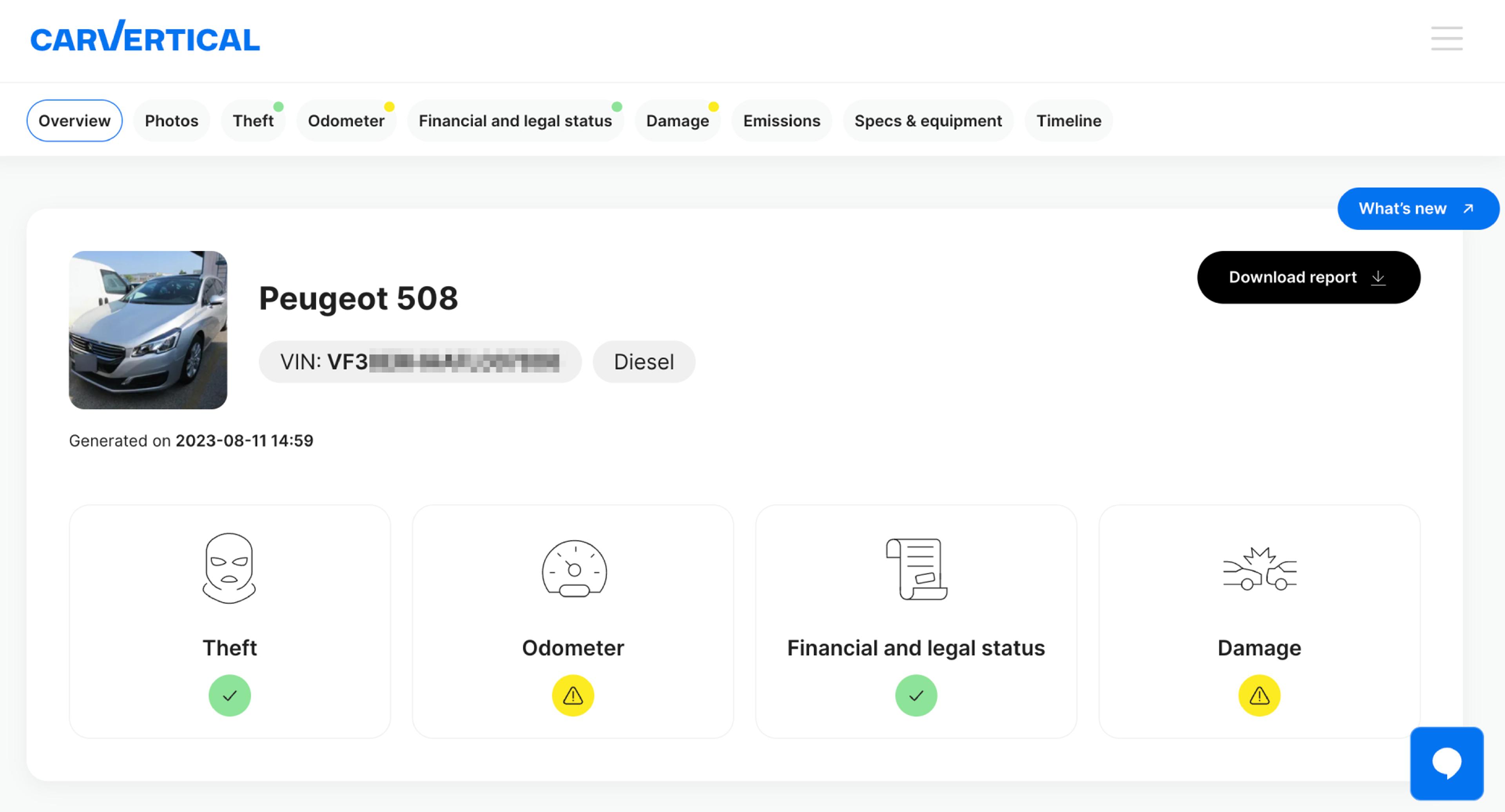
A vehicle history report will show you how a used car's mileage changed over time, how many owners it’s had, and will reveal possible red flags. This can help you better assess the condition of a used car you're about to buy and potentially reduce your future expenses.

Check your VIN
Avoid costly problems by checking a vehicle's history. Get a report instantly!
Frequently asked questions

Article by
Aivaras Grigelevičius
Aivaras has been excited about cars since he was a little kid. Later, this passion for drivable objects (and everything that surrounds them) grew into work as an automotive journalist. Since then, Aivaras has written for several different magazines, covering anything with an accelerator pedal. He has a soft spot for cars with an Alfa Romeo badge.
